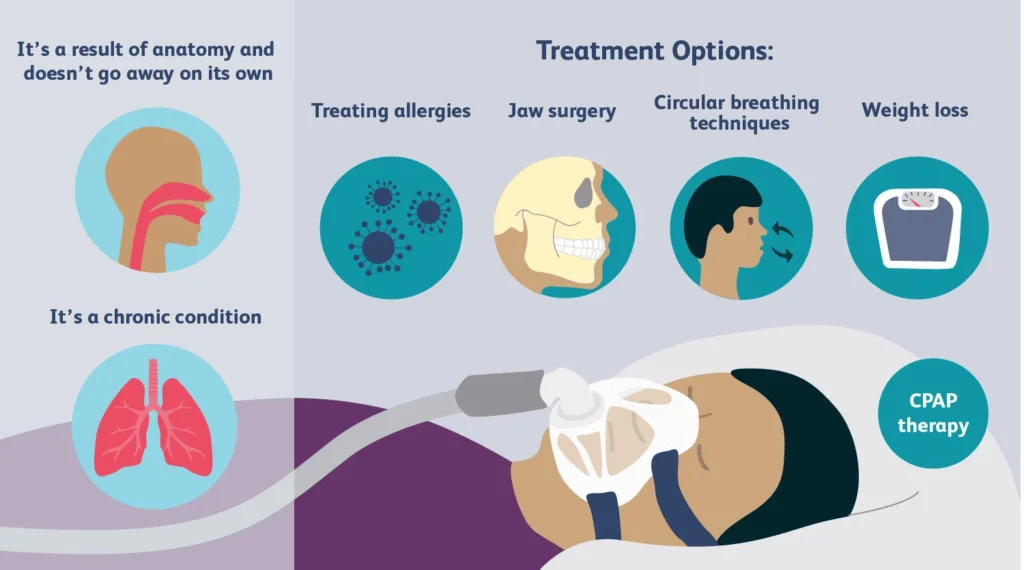Blog Post Title: The Connection Between Snoring and Temperature: How a Mouthpiece Can Make a Difference
Snoring is a common problem that affects millions of people, and it can be caused by a variety of factors such as genetics, allergies, and lifestyle habits. However, one often overlooked factor that can contribute to snoring is temperature. In this blog post, we will explore the connection between snoring and temperature and how a mouthpiece can make a difference in improving your sleep and reducing snoring.
Understanding the Science behind Snoring and Temperature
Snoring is caused by the vibration of soft tissues in the throat and the narrowing of the airway during sleep. When the airway becomes restricted, it causes the air to move at a faster rate, resulting in the tissues to vibrate and produce the snoring sound. Temperature plays a significant role in this process as it can affect the size of the airway and the soft tissues in the throat.
The ideal temperature for quality sleep is between 60-67 degrees Fahrenheit, according to the National Sleep Foundation. When the temperature is too hot, it can cause the airway to swell, making it narrower and leading to snoring. On the other hand, a cold room can cause the tissues to become stiff and vibrate more intensely, also causing snoring. Additionally, changes in temperature throughout the night can disrupt sleep and contribute to snoring.
How a Mouthpiece Can Help
A mouthpiece, also known as a mandibular advancement device (MAD), is a dental appliance that is designed to keep the airway open and prevent snoring. It works by gently holding the jaw and tongue in a forward position, which keeps the airway from collapsing and reduces the vibrations that cause snoring.
But how does a mouthpiece address the issue of temperature? Firstly, a mouthpiece can be adjusted to fit the individual’s mouth, ensuring that it is comfortable to wear and does not cause any temperature-related discomfort during sleep. Secondly, by keeping the airway open, a mouthpiece can prevent the airway from becoming too hot or too cold, reducing the chances of snoring due to temperature changes.
Furthermore, some mouthpieces come with a built-in airway vent that allows for proper air circulation, keeping the mouth and throat at a comfortable temperature. This feature can be especially beneficial for those who tend to breathe through their mouth while sleeping, as it helps to regulate the temperature and prevent snoring.

The Connection Between Snoring and Temperature: How a Mouthpiece Can Make a Difference
Other Ways to Control Temperature for Better Sleep
Apart from using a mouthpiece, there are other ways to control the temperature in your bedroom to improve sleep and reduce snoring. Here are a few tips:
1. Invest in a Good Mattress and Pillows: A mattress and pillows that provide proper support and comfort can help regulate body temperature and promote quality sleep.
2. Use Breathable Bedding: Opt for bedding materials that are breathable and can help regulate temperature, such as cotton or bamboo.
3. Keep a Glass of Water Nearby: Dry air can irritate the throat and cause snoring. Keeping a glass of water by your bedside can help keep the airways hydrated and reduce snoring.
4. Try a Humidifier: Adding moisture to the air can help alleviate dryness and improve sleep quality.
5. Avoid Alcohol and Heavy Meals Before Bed: Both alcohol and heavy meals can disrupt sleep and cause snoring. Try to avoid consuming them before bedtime.
In Conclusion
While snoring can be caused by various factors, temperature plays a significant role in its occurrence and severity. By addressing temperature-related issues, such as using a mouthpiece and controlling the temperature in the bedroom, one can reduce snoring and improve sleep quality. If you or your partner struggle with snoring, consider incorporating these tips to see a significant difference in your sleep.
